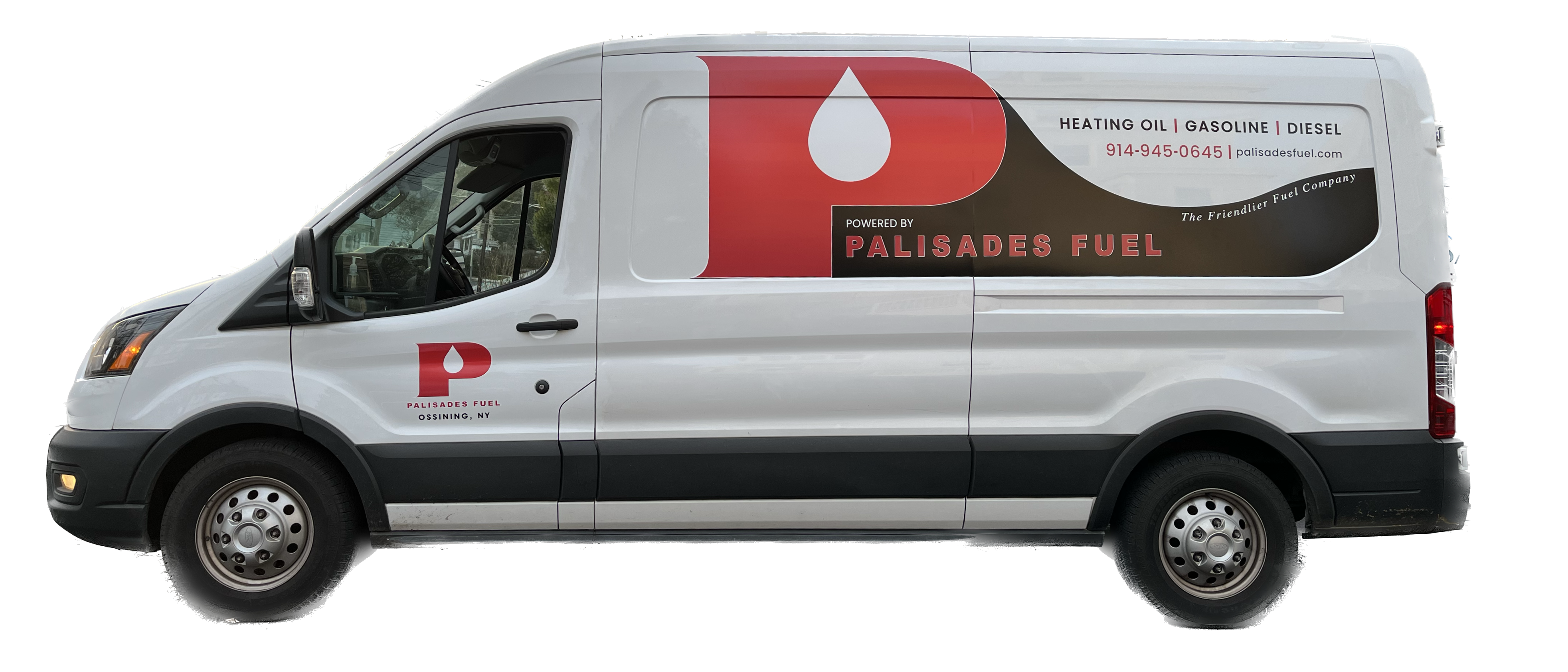
Community Food Drive: Supporting Local Families in Need
Help us fight hunger in our community by joining our annual food…
For decades, R22 refrigerant has been the workhorse behind millions of air conditioners and HVAC systems. However, due to its environmental impact, R22 production has been phased out worldwide. This leaves homeowners with a question: what happens when your R22 system needs a recharge? Our comprehensive guide will equip you with the proper knowledge to navigate R22 replacement and keep your cool!
R22 belongs to a class of chemicals called hydrochlorofluorocarbons (HCFCs) known to deplete the ozone layer, Earth’s shield against harmful ultraviolet radiation. International agreements like the Montreal Protocol led to a ban on the production and import of new R22 in the US by January 1st, 2020. Existing stockpiles can still be used for servicing, but the availability and cost are steadily increasing as the years go by.
There are many signs that indicate your R22 system might need a refrigerant top-up, including the following signs:
Reduced cooling capacity: Your air conditioner struggles to maintain desired temperatures.
Increased energy bills: The system has to work harder to achieve the same cooling effect.
Unusual noises: Hissing or bubbling sounds might indicate a leak.
Ice buildup on the evaporator coil: This can be a sign of low refrigerant levels.
With virgin R22 becoming scarce, some main options emerge:
Top-up with Reclaimed R22: Recovered and reprocessed R22 is available, but it’s expensive due to limited supply. This option might only be a temporary solution for a well-maintained system nearing its lifespan.
System Replacement: This is the most future-proof and environmentally friendly option. Newer systems use refrigerants like R-410A, which are more efficient and ozone-friendly. While an upfront investment, a new system can offer significant energy savings over time.
The best course depends on your specific situation. Here are some factors to consider:
Age of your system: If your R22 system is over 10 years old, a full system replacement might be more cost-effective in the long run.
Condition of your system: A well-maintained system might benefit from a top-up or retrofit.
Environmental impact: Replacing the system with a newer, more eco-friendly refrigerant is best for the planet.
Budgetary considerations: Weigh the upfront cost of replacement against the long-term savings of a newer, more efficient system.
Regardless of your chosen path, consulting an EPA-certified HVAC technician is crucial. Our HVAC professionals at Palisades Fuel can:
While the R22 phase-out presents a challenge, it’s also an opportunity. By understanding your options and consulting a qualified professional, you can keep your cool and ensure your HVAC system operates efficiently and responsibly for years to come.

Sign up for our newsletter below and receive exclusive promos and news straight to your inbox.
"*" indicates required fields